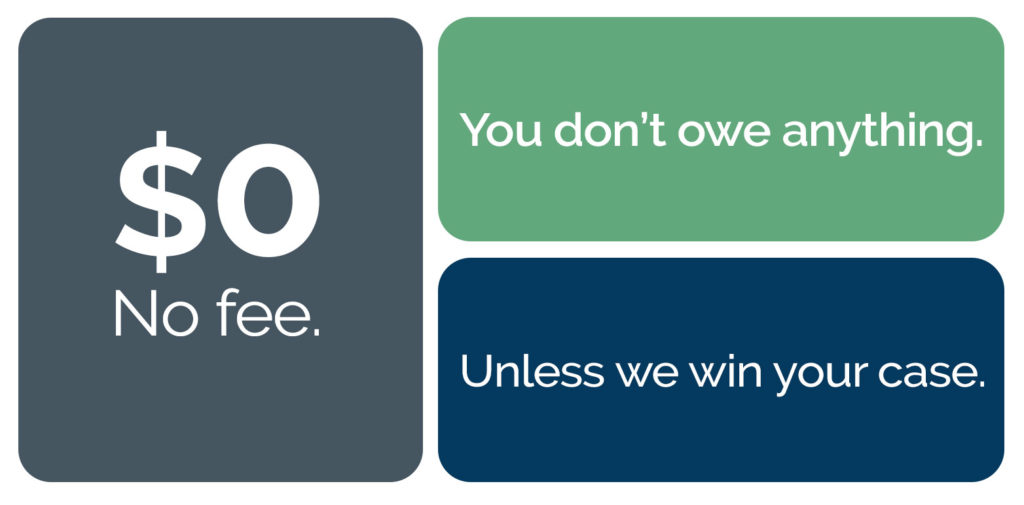- (808) 242•5000
- Send us an email
- Mon - Fri: 8:00 - 5:00
Negligent Security or Supervision Attorneys in Maui
Our negligent security and supervision attorneys in Maui help everyone injured due to careless security or neglectful supervision.
Negligent security and supervision attorneys in Maui provide a unique personal injury service. This form of premises liability occurs when people suffer injury or become victimized by an attack from a third party on another’s property.
Negligent Security and Supervision Lawyers in Maui
Often, negligent or inadequate security events are preventable. When a business open to the public fails to provide proper security leading to visitors getting raped, robbed, kidnapped, sexually assaulted, shot, or killed liability exists.
Property owners of businesses and housing rentals possess a legal duty to protect visitors or warn them of foreseeable danger. Failing this duty which leads to criminal acts, harm, and injuries results in legal responsibility to their victims.
our negligent security and supervision attorneys in maui
Our negligent supervision lawyers in Maui help victims injured as a result of negligent or inadequate security. Lowenthal & Lowenthal offer over 40 years of legal representation with deep roots in the Maui community.
We’re here to help victims of negligent security and supervision in Maui.
Call us today if you were a victim of criminal acts due to lack of proper security. Or, you suffered injuries because of negligent supervision. We provide free consultation with no obligations.
what is negligent security?
Many assaults and injuries occurring in business establishments are preventable. Establishment owners must control their premises to protect their customers and visitors.
Negligent security comes under premises liability when property owners know or should have known they failed to provide adequate security to prevent injuries.
A bar or night club usually employs security staff to protect patrons. If a bar fight breaks out or armed robbers get past security to rob patrons was the security staff negligent? Did they fail to reasonably protect the customers?
Assaults, battery, or robbery often occur in drinking establishments requiring proper security measures. These foreseeable injuries and harm require owners to provide sufficiently trained security staff to protect their patrons.
Aside from drinking establishments, private homes must protect their visitors from harm or injury. For instance, allowing underage children to consume alcohol resulting in alcohol poisoning or car accidents. Or, not supervising children playing in the backyard pool or family pit bulls.
Schools allowing street gangs to enter who assault or rob students. That’s why private and public schools maintain security staff. Also, many set up metal screening scans at entrances to prevent weapons.
Day care centers must take reasonable steps to prevent children from injuring themselves or others. Providing harmful toys or allowing spoiled food to poison children results in liability.
different types of negligent security in maui
Negligent security arises when property owners fail to maintain a reasonably safe place for visitors in their premises.
Negligent or inadequate security occurs when a property owner fails to provide sufficient security in their property when a foreseeable act causes harm or injury to visitors. Criminal acts like assault, battery, rape, or robbery considered foreseeable when similar crimes occurred in the nearby area or the owner’s premises.
Many other types of negligent security occur in Maui. Here’s some examples:
- Lack of security guards at an establishment;
- Inadequate number of security guards;
- Improperly trained security guards;
- Poor security lighting in and around the premises;
- Absence of security cameras around the premises to monitor criminal activities;
- Failure to maintain installed security systems on the premises; and
- Failing to provide adequate security measures in high-crime areas.
These types of failures leads to negligent liability for harm and injuries to their patrons.
different types of negligent supervision in maui
Negligent supervision differs from security. Negligent supervision occurs when a person maintains a legal responsibility to supervise others and fails to do it in a reasonable manner.
The types of people in need of supervision includes children, the elderly, and work place employees.
Children
Negligent supervision of children involves a wide range of supervisors. These include teachers, daycare providers, babysitters, nannies, coaches, camp counselors, and church youth group leaders.
Supervising children requires anticipating potential dangerous situations and preventing them. For instance, a daycare provider must keep children away from vicious animals, swimming pools, traffic, knifes and firearms, dangerous chemicals, matches, and much more.
Children with lots of energy tend to run around making it difficult to maintain close supervision. As a result, children run into immovable objects, slip and fall, and run out of facilities when nobody notices.
The Elderly
Hawaii senior citizens in need of living assistance reside in adult residential care homes, nursing homes, assisted living facilities or community care foster family homes.
These facilities employ large staffs. Nursing homes and other long-term care facilities maintain a high duty to supervise their activities. Like children, elderly suffering from alzheimers or dementia need constant supervision.
Negligent supervision of the elderly may come in these forms:
- Neglecting to supervise assisted living patients who get into accidents or injuries.
- Failing to provide basic hygiene care resulting in infections or sores.
- Failure to report abuse leading to injuries.
- Not keeping track of patients who wander off.
- Failing to prevent falls.
Employees
Negligent employee supervision comes under failing to protect employees from dangerous use of equipment or other employee’s foreseeable dangerous behavior.
Negligent supervision of work place employees could occur under these circumstances:
- Failing to prevent work place sexual harassment or not stopping it when notified.
- Allowing work place bullying or violence.
- Not stopping an employee engaging in reckless behavior
- Failing to properly train employees in the use of dangerous tools or chemicals.
- Allowing an employee under the influence of alcohol or drugs to operate machinery.
can i sue for negligent security?
Negligent security cases differ due to the many types of acts and situations the law considers negligent. Proving negligent security liability involves these steps.
Duty of Care
The property owner had a duty of care towards the injured party. This means that the plaintiff was on the property legally and not trespassing. The duty of care may change depending upon if the premises is a private residence or a business.
Foreseeable
The criminal activity on the property or in the area was foreseeable. We show this with geographical criminal statistics and police reports. Also, whether crimes occurred on the premises with the current owner.
Failing to Provide Adequate Security
The property owner failed to provide adequate security on the property. We show this with lack of security, improper training of security staff, lack of security measures and equipment, and negligence by the security staff.
Plaintiff Suffered Injury or Death
The lack of adequate security led to the plaintiff’s injuries or death. We prove the extent of plaintiff’s injuries, medical costs, pain and suffering, and loss of income, as a result of the criminal act.
am i eligible for a negligent supervision case?
As a parent, legal guardian, or spouse of a person injured due to negligent supervision you maintain a right to sue on behalf of the injured person.
Your losses also become part of the lawsuit including emotional distress and recovery of money paid to the care provider.
Contact a negligent security lawyer; speak to one of our negligent security and supervision attorneys on Maui.
Contact our Maui lawyers today at 808.242.5000.
types of negligent supervision on maui
- Failure to properly look after children and minors, resulting in injuries
- Allowing underage children to consume alcohol, resulting in alcohol poisoning or car accidents
- Neglecting to supervise assisted living patients, resulting in injuries or accidents
- Failure to stop and prevent sexual harassment at a place of work
- Allowing employees to persists with bullying, violence or other types of misconduct at the office
types of negligent security on maui
- Lack of security guards at an establishment
- Poor security lighting around the premises
- Absence of security cameras to monitor crime activity
- Improper maintenance of security systems installed on the premises
- Insufficient security measures for buildings situated in high-crime areas

Schedule a consultation to discuss your case with one of our attorneys.
Please fill out the form below; our legal team will get back to you within 24 hours.
*Please note this does not create an attorney-client relationship.
© 2020 All rights Reserved. Lowenthal & Lowenthal LLLC
The information presented on this website is for information purposes only and should not be used as a basis of legal advise or guidance. Using this website does not create an attorney-client relationship. Please contact us to see whether we are able to represent you.


